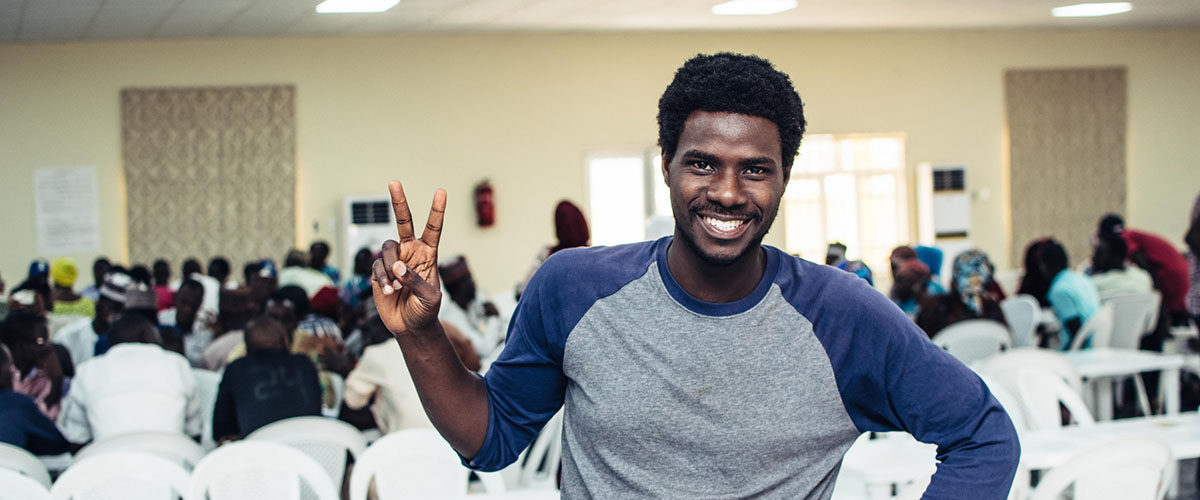Emergency management (or disaster management) is the coordination and integration of all activities necessary to build, sustain and improve the capability for disaster prevention, mitigation, preparedness, response and recovery. It is the continuous process by which all individuals, groups and communities manage hazards in an effort to avoid or ameliorate the impact of disasters resulting from the hazards. And, effective emergency management relies on thorough integration of emergency plans at all levels of government and non-government involvement.
Nigeria has continued to witness a series of embarrassing disasters and emergency situations that are largely human-induced from post-election violence, youth militancy, communal clashes, religious conflicts, fire outbreaks, road accidents, kidnapping and robberies. The magnitudes of the carnage usually overwhelm response agencies responsible for tackling and mitigating the situations.
The National Emergency Management Agency (NEMA) as the coordinating organ for response agencies becomes the major attraction, even when its staffs on humanitarian duties survives attacks from warring parties, cases which have been seen during the Jos ethnic crisis, communal clashes between villages. It could be said that with NEMA in place in Nigeria, we have had the problem of coordination with local disaster management, during pre and post emergencies and disasters and because disasters are always localized, all the five phases of emergency management – prevention, mitigation, preparedness, response and recovery depend on local structures, which are not effective, to succeed.
Nevertheless, emergency management and coordination has shifted from grounds men to the use of technology to co-ordinate emergencies and humanitarian services. In recent years, advancements in technologies have made it possible for virtual communities such as OpenStreetMap, Ushahidi, Sahana, CrisisMappers, Virtual Disaster Viewer, Google MapMaker and INSTEDD to provide increasing support to disaster preparedness and emergency response efforts. A feat that has helped in managing crisis in Libya using the Libya Crisis Map, was used in co-ordinating humanitarian affairs in Haiti and in the Alabama Tornadoes and a list of others.
With disasters been prevalent in Africa, it is most important that we begin to look at leveraging on these technologies, thus leading to capacity building in this area, which in some months will start, no thanks to crisismappers members that are resided in Nigeria. Our Strength lies in the number of Nigerians that uses mobile technologies in communication escalating every day. We hope to create crisis camps in each state, which might comprise of disaster emergency officers, especially in states, Information Technology professionals, social entrepreneurs and volunteers.

